Will you fall for a “lover’s eye” jewel?
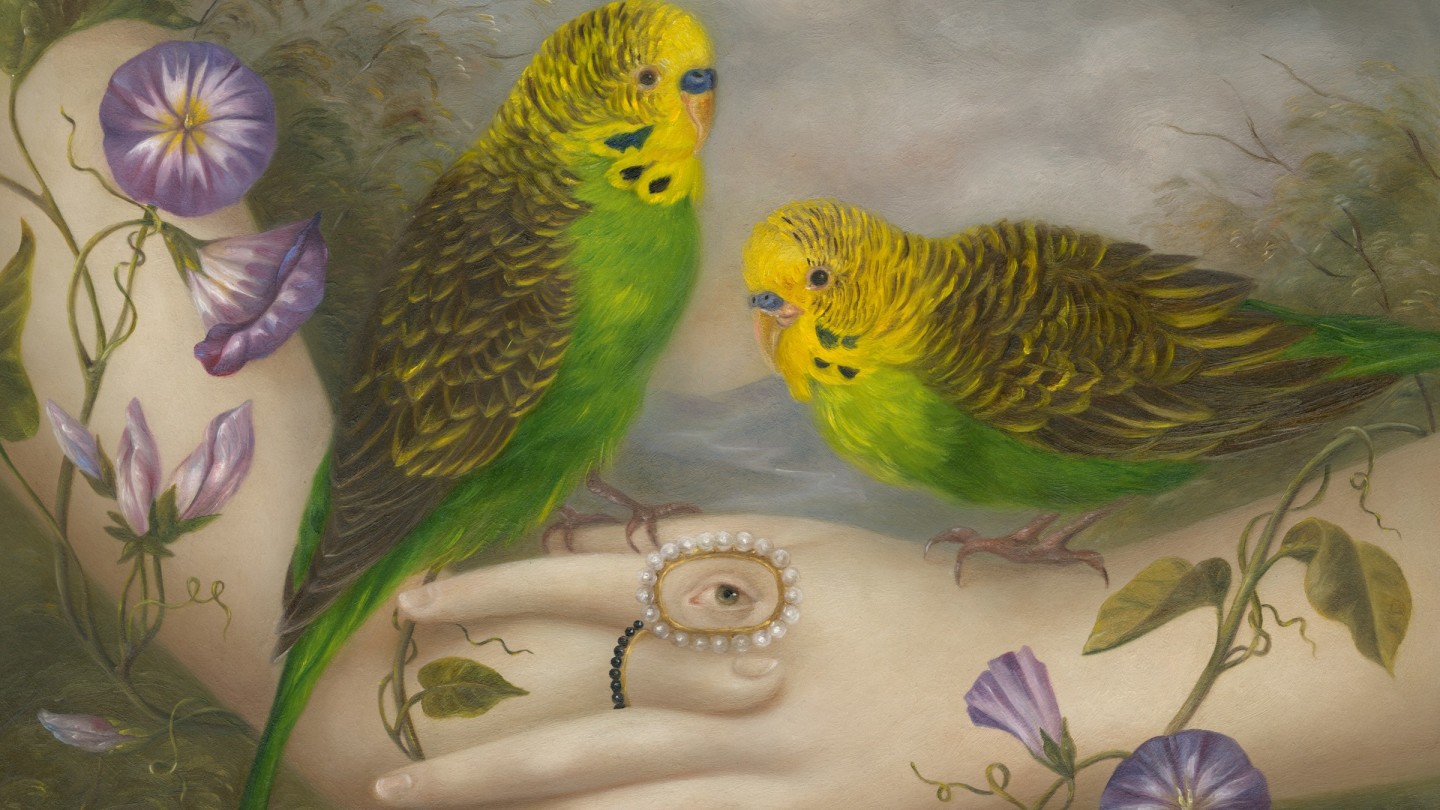
Roula Khalaf, Editor of the FT, selects her favourite stories in this weekly newsletter.
Amid the embroidered empire‑line gowns and jewelled tiaras in Netflix’s Bridgerton, one accessory was particularly intriguing: a pendant worn by the character of Marina Thompson, of a single eye encased in pearls. The necklace – a nod and a wink to a secret, scandalous lover – takes its lead from a curious Georgian fad for exchanging miniature eye portraits as love tokens. While designed to capture the soul of the sitter, they also ensured their anonymity.
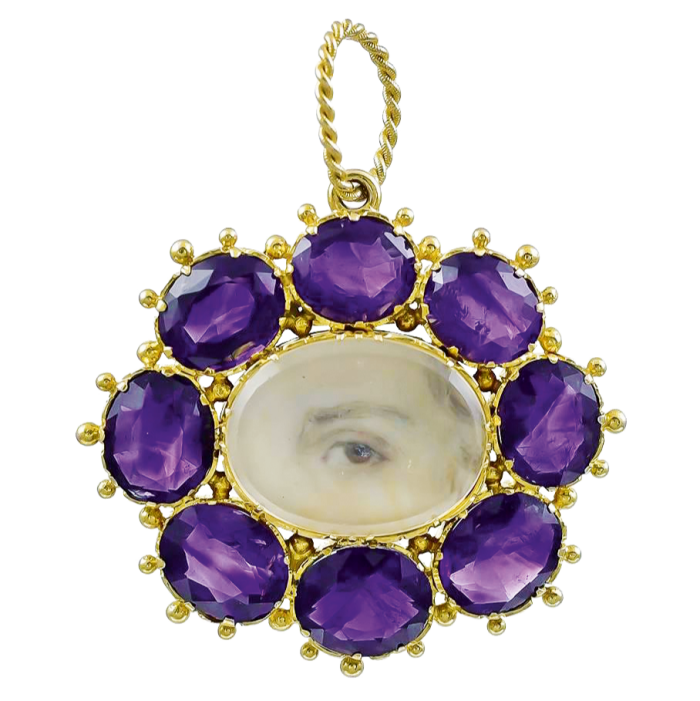
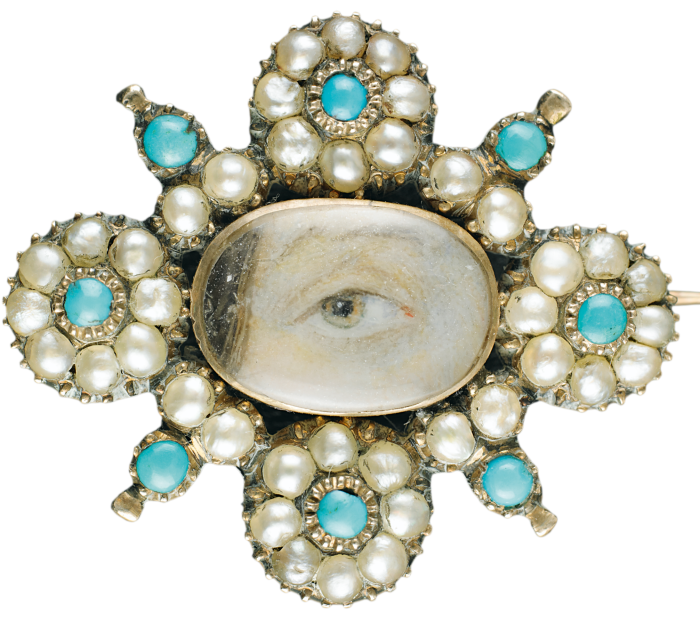
“Apparently, the eye that she was wearing in Bridgerton is a copy of one of ours,” says Nan Skier, who with her husband David (an ophthalmologist) has collected more than 130 examples of Georgian “lover’s eyes” – a term coined by antiques dealer Edith Weber, from whom the Skiers bought their first piece. “In 1986, we were at an antiques show in Boston when we saw this beautiful ring with enamel, diamonds and pearls surrounding a miniature portrait of a single eye. We’d never seen anything like it.”
INFO
WHAT TO READ
Lover’s Eyes: Eye Miniatures from the Skier Collection ed. by Elle Shushan (Giles, £40)
Treasuring the Gaze: Intimate Vision in Late 18th-Century Eye Miniatures by Hanneke Grootenboer (University of Chicago Press, $56)
WHERE TO SEE
Philadelphia Museum of Art philamuseum.org
The Royal Collection rct.uk
Victoria and Albert Museum vam.ac.uk
WHERE TO BUY
1stdibs 1stdibs.com
Bentley & Skinner bentley-skinner.co.uk
Cheffins cheffins.co.uk
Christie’s christies.com
Elle Shushan portrait-miniatures.com
SJ Shrubsole shrubsole.com
Sotheby’s sothebys.com
Such jewels were first recorded in Britain in 1773, but the popular story behind them begins in 1784, when the Prince of Wales (later George IV) fell for Maria Fitzherbert – a twice-widowed Catholic he was forbidden by law to marry. One of the ways he wooed his illicit love was by sending her a painting of his eye, and after they were married in a secret ceremony, Fitzherbert returned the gesture. The tiny paintings were executed in watercolour or gouache upon ivory, then set under glass as rings, brooches or pendants, and adorned variously with diamonds, garnets, turquoise or pearls. While the form is thought to have originated in France earlier that century, the dandyish Prince of Wales turned it into a trend.
“Lover’s eyes were the mood jewellery of the late 1700s and early 1800s,” says Fay Roach, a jewellery specialist at Cambridge auction house Cheffins, which in April sold a lover’s eye ring for £3,200 against an estimate of £300-£500. “Trends in Georgian jewellery moved fast, and this quick turnover of what was in and what was out led to many period jewellers melting down metals and remaking pieces considered more in vogue. So originals are few and far between.”
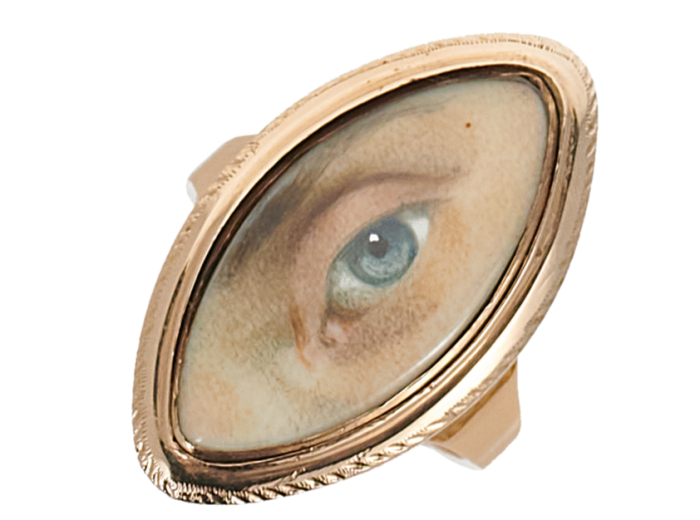
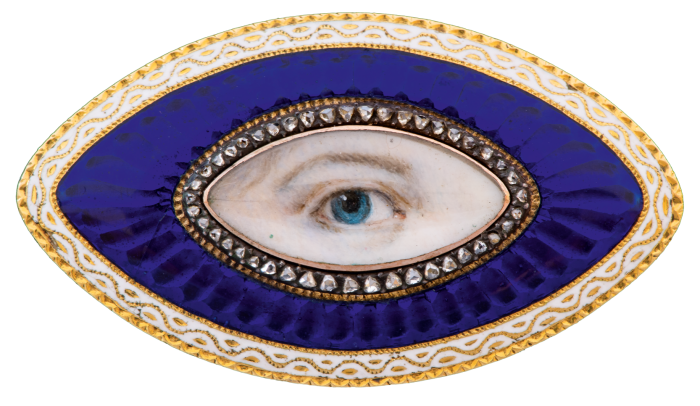
At Sotheby’s, the two most recent examples both sold for several times their estimates. In 2017, a late-18th-century gold pendant holding a lock of hair on the reverse went for £4,000 over a £600-£800 estimate. At Christie’s in 2019 an example by George Engleheart – a revered painter of portrait miniatures – fetched £7,500.
“I have a list of people waiting for them,” says Philadelphia-based dealer Elle Shushan – a specialist in portrait miniatures who is also the editor of a new book, Lover’s Eyes, based around the Skier Collection. “Usually, I get about four or five a year. That’s how rare the good ones are.”
Though the vast majority of miniatures portray unknown sitters, a known provenance adds to the price. “I think the most interesting I’ve ever come across is the one of Princess Charlotte from 1817 that’s in the Skier Collection,” says Shushan. “It’s on a whole bracelet of her hair, with an accompanying heart locket. It just knocks my socks off.” This jewel is not a love token, however, but a memento mori, marking the death of Princess Charlotte of Wales in childbirth in 1817. Later, Queen Victoria commissioned several eye portraits of friends and family – including one of her eldest daughter, Victoria, which is dated 1857 and encased in a locket in the Royal Collection.
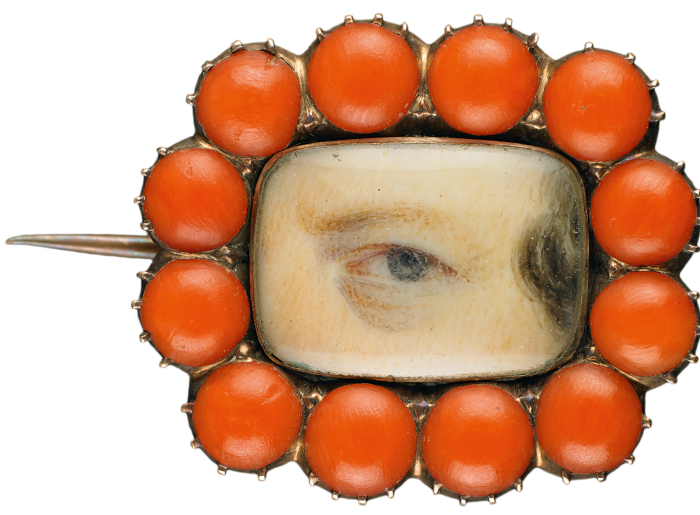
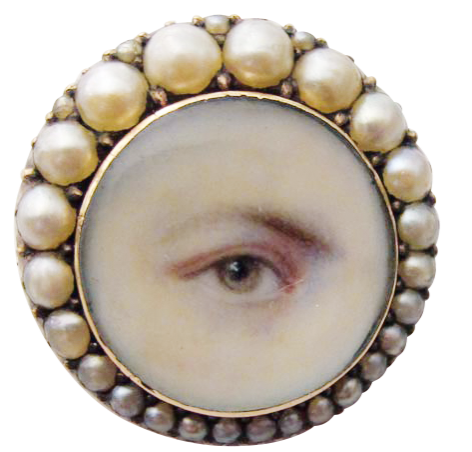
Contemporary jewellers such as Ana Katarina, the Australian-based twin brothers David and Michael Robinson and the enigmatic jeweller Joel Arthur Rosenthal (JAR) of Paris are all captivated by the lover’s eye, as are artists such as Fatima Ronquillo and Derrick Guild. “As a symbol, the lover’s eye is so simple yet so powerful, especially when shown with pearls around the eye to signify tears,” says Russian artist Polina Osipova.
Meanwhile, “the wearing of sentimental antique pieces such as lover’s eyes has started to become more popular again”, says Julia Westerman, a jewellery historian at London specialist Bentley & Skinner. Examples are currently available at New York-based dealership SJ Shrubsole and on 1stdibs.
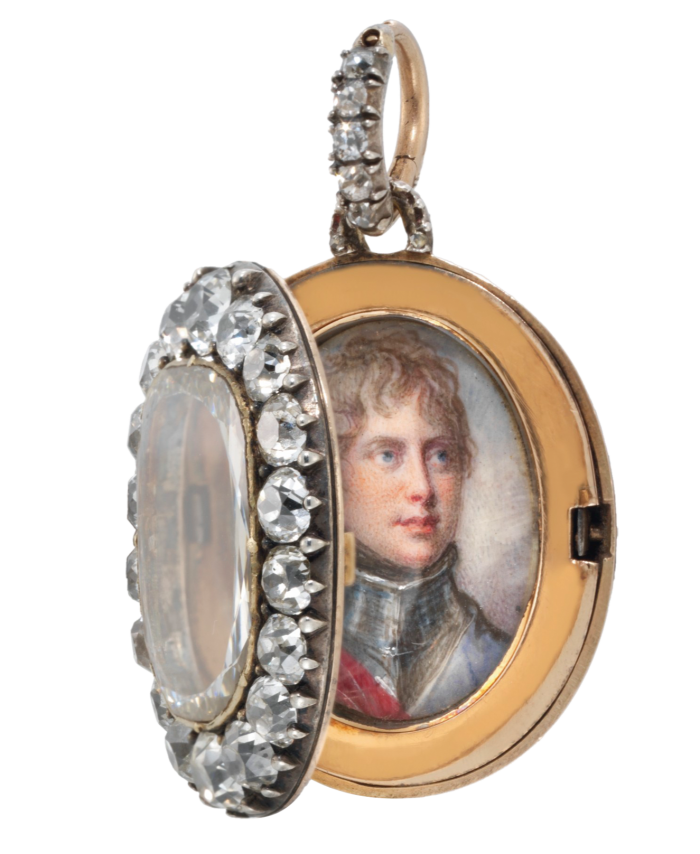
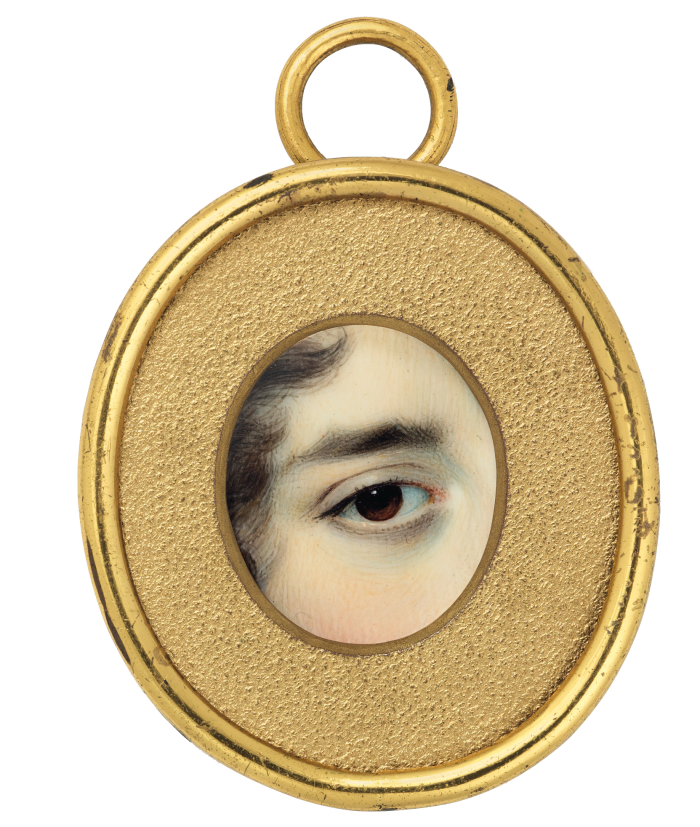
Both the Skiers and Shushan advise buyers to proceed with caution, however. “I would say that 98 per cent of the ones that are offered to us now are fake,” warns David Skier.
As to the ones the Skiers long to find, they return to the tale of George IV and Maria Fitzherbert. “Her eye is buried with him,” says David. “Some say it’s on a necklace. Others say it’s inside his coat.” However, “legend has it that the eye George gave to Maria has descended in her family,” adds Nan. “And that would be the holy grail.”
Comments